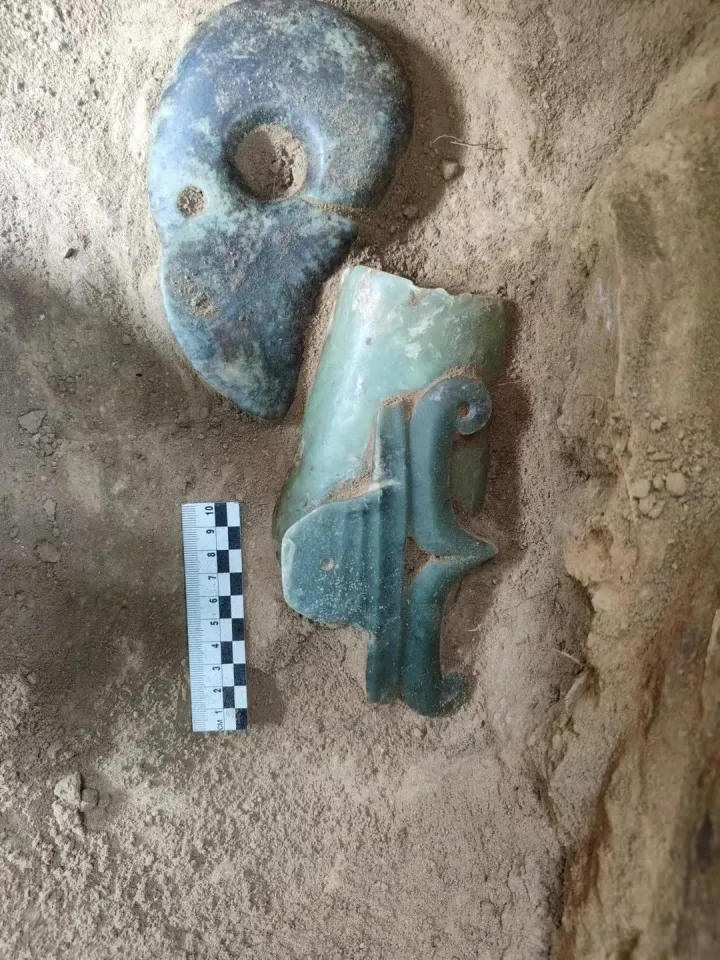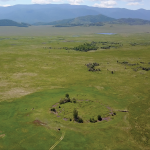
A trove of more than 100 Stone Age jade artifacts discovered by archaeologists in inner Mongolia may reveal evidence of long-distance trade between two ancient Chinese civilizations.
Three 5,000-year-old jade dragons of varying colors and sizes stood out among the hoard at the Yuanbaoshan archaeological site in China』s Chifeng city. One, emerald green and roughly the size of one』s hand, is the largest of its kind to be unearthed in northern China, according to the state-run Xinhua news agency.
These artifacts have been linked to the Hongshan culture, which thrived in inner Mongolia and the nearby provinces of Liaoning and Hebei during the Stone Age. That culture produced some of the earliest known jade objects in the world, usually for burial rituals.
Human remains and pottery found at Yuanbaoshan helped experts determine that these pieces may belong to the Hongshan culture.
Though there have been more than 1,100 Hongshan culture sites excavated, this burial mound is the largest of its kind discovered in inner Mongolia.
Another relic found at the site was a jade headgear resembling an artifact made by another faraway culture in the present-day Anhui province.
Scientists believe the two populations likely exchanged goods over long distances, with the ancient culture thought to have moved south due to climate change roughly 4,000 years ago.
Some of the earliest known examples of Chinese feng shui, a practice that used astronomy to connect humans and the universe, have also been identified among sites in the region, demonstrating the influence Hongshan culture had on the early development of Chinese civilization.
